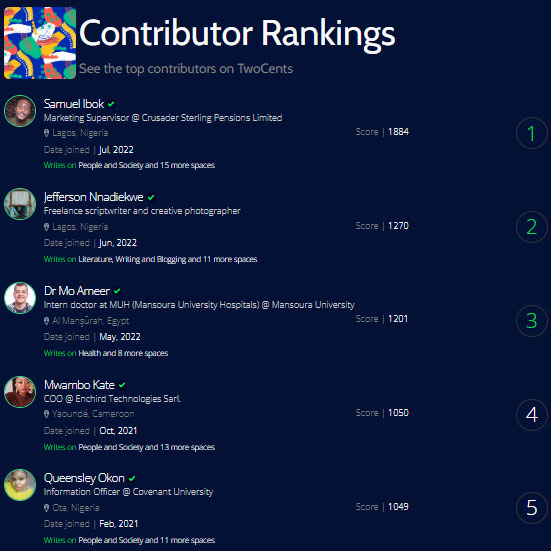Sulihat Suleiman
Student @ Nassarawa state university
Between Fear and Hope

<p><br></p><p>Growing up, I thought marriage was meant to be a bed of roses. People often said it was a union for "better or worse," but I couldn't understand why there should be a "worse" if it was supposed to be a bed of roses.
</p><p>In my early years, I had a picture-perfect view of marriage. My father would cook for us sometimes and help my mother with the chores. Their partnership seemed harmonious and loving. I assumed every marriage was like theirs—equal, respectful, and full of care.
</p><p>That belief was shattered when I encountered Amanda's family. Her father was always drunk and abusive toward her mother. The children lived in constant fear of him. I asked myself, "I thought marriage was a bed of roses? How could it look like this?"
</p><p>As I grew older, I saw even more troubling examples. Women suffering abuse in silence, enduring unimaginable pain because society expects them to. It seemed that society normalized their suffering, placing the blame on women to endure and remain steadfast. But does society even matter when it comes to someone’s happiness and safety?
</p><p>These experiences shaped me, leaving me with a deep distrust of marriage. I grew fearful of boys, wondering if one might become a monster someday. I couldn’t stop asking myself: If I get married, will my husband be like my father, or will he be like Amanda’s?
</p><p>Whenever women complained about their marriages, they were often told to pray to God for their husbands to change. That advice didn’t sit well with me. I shared my fears with my mother, pouring out my doubts and worries. She listened patiently and reassured me, saying, "Not all marriages are the same, and you shouldn’t be scared."
</p><p>Her words offered some comfort, but the “what-ifs” still linger in my mind.
</p><p>---</p><p>
</p><p>
</p><p>
</p><p>
</p><p>
</p><p>
</p><p>
</p><p>
</p><p>
</p><p>
</p>
Other insights from Sulihat Suleiman
Referral Earning
Points-to-Coupons
Insights for you.






 43
43




























































Comments